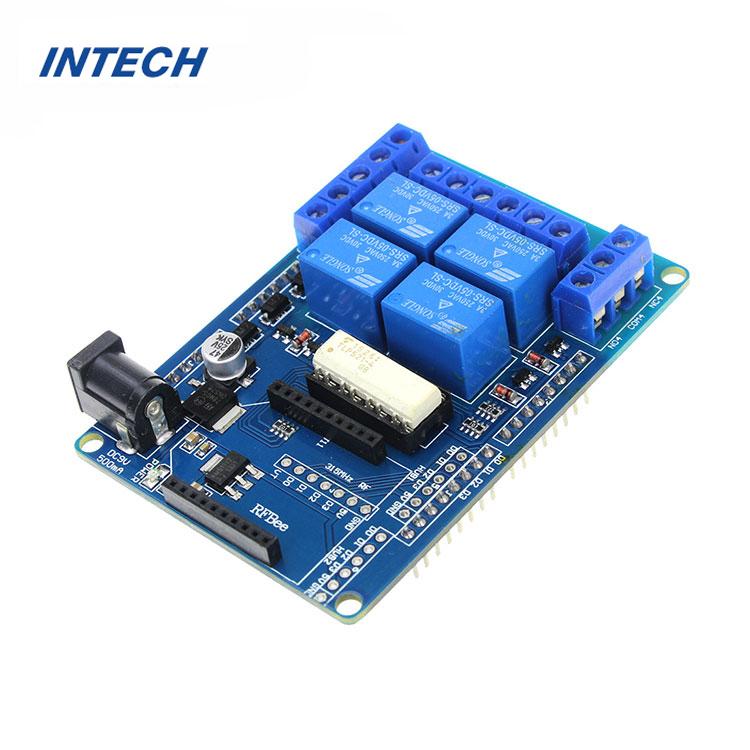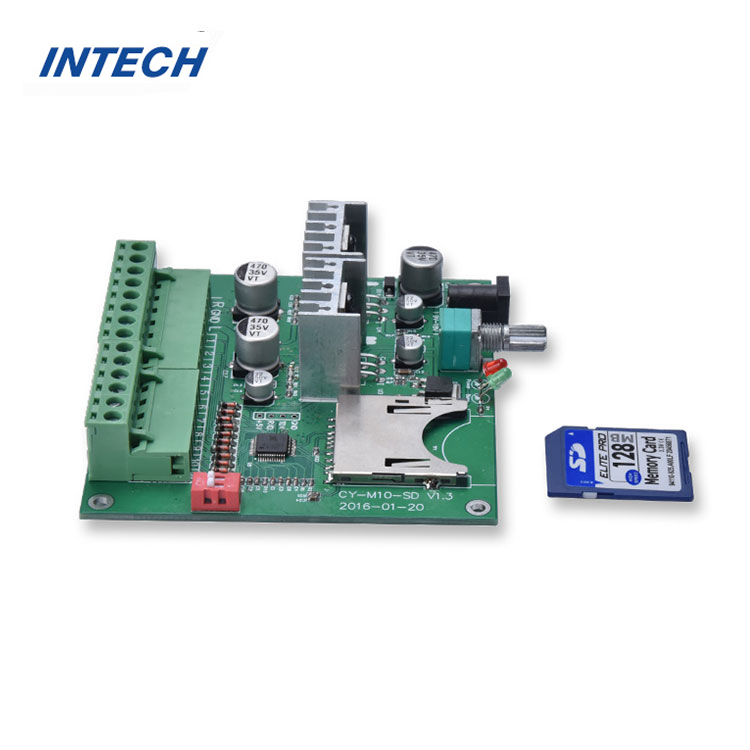What should I do if the PCB board changes color?
Date:2023-10-23 11:16:17
The PCB (Printed Circuit Board) is an integral part of electronic devices. However, occasionally, you may notice that the color of the PCB board changes, which could indicate an underlying issue. This article aims to provide a comprehensive guide on what to do if you encounter such a situation.

1. Identifying the Cause
The first step is to identify the underlying cause of the color change on the PCB board. There are several possibilities:
- Environmental Factors: Excessive heat, humidity, or exposure to corrosive substances can cause discoloration.
- Contamination: Dust, dirt, or other foreign particles can accumulate on the board’s surface, leading to color changes.
- Chemical Reactions: Certain chemicals or cleaning agents may react with the board material, resulting in a color shift.
- Manufacturing Defects: Poor-quality materials, improper manufacturing processes, or design flaws can also cause color changes.
2. Assessing the Impact
Once you have identified the cause, it is crucial to assess the impact of the color change. Consider the following factors:
- Functionality: Check if the color change has affected the board's functionality or performance.
- Component Integrity: Examine if the color change has compromised the integrity of any components on the board.
- Other External Factors: Determine if the color change indicates potential damage or risks to nearby components or systems.
3. Isolating the Issue
Next, you need to isolate the issue and determine if it is isolated to a specific area or affects the entire PCB board. Perform the following steps:
- Visual Inspection: Carefully examine the entire board for any visible signs of damage or discoloration.
- Functional Testing: Test the board's performance under various operating conditions to identify any specific areas or components affected.
Advanced Diagnostics: If necessary, employ advanced diagnostic techniques, such as X-ray or thermal imaging, to pinpoint the exact cause and extent of the color change.

4. Taking Corrective Measures
Once you have isolated the issue, it's time to take appropriate corrective measures. The course of action will depend on the cause and impact of the color change:
- Cleaning and Decontamination: If the color change is due to contamination, clean the PCB board using a recommended cleaning agent and techniques.
- Environmental Controls: Ensure the PCB is stored in a controlled environment to prevent further damage from environmental factors.
- Replacement of Affected Components: If specific components are damaged or compromised, replace them with new ones to restore functionality.
- Repair or Rework: In case of manufacturing defects or design flaws, consult experts for repair or rework options.
5. Preventive Measures
To avoid future instances of PCB color changes, take proactive steps to prevent or minimize the risks:
- Quality PCB Manufacturing: Ensure the use of high-quality materials and reliable manufacturing processes.
- Proper Storage: Store PCB boards in appropriate conditions, away from excessive heat, humidity, or exposure to corrosive substances.
- Regular Inspection and Maintenance: Conduct periodic inspections and maintenance to detect any early signs of discoloration or damage.
- Follow Industry Guidelines: Adhere to the recommended practices and guidelines provided by PCB manufacturers and industry standards.
6. Seek Professional Assistance
If you are unsure about the underlying cause or unable to resolve the color change issue on your own, it is advisable to seek professional assistance. Experts in PCB repair, manufacturing, or electronics can provide valuable guidance and solutions.
Conclusion
When the color of the PCB board changes, it is essential to take immediate action to identify the cause, assess the impact, and isolate the issue. By following the steps outlined in this article and implementing appropriate corrective and preventive measures, you can ensure the optimal performance and longevity of your PCB boards.
